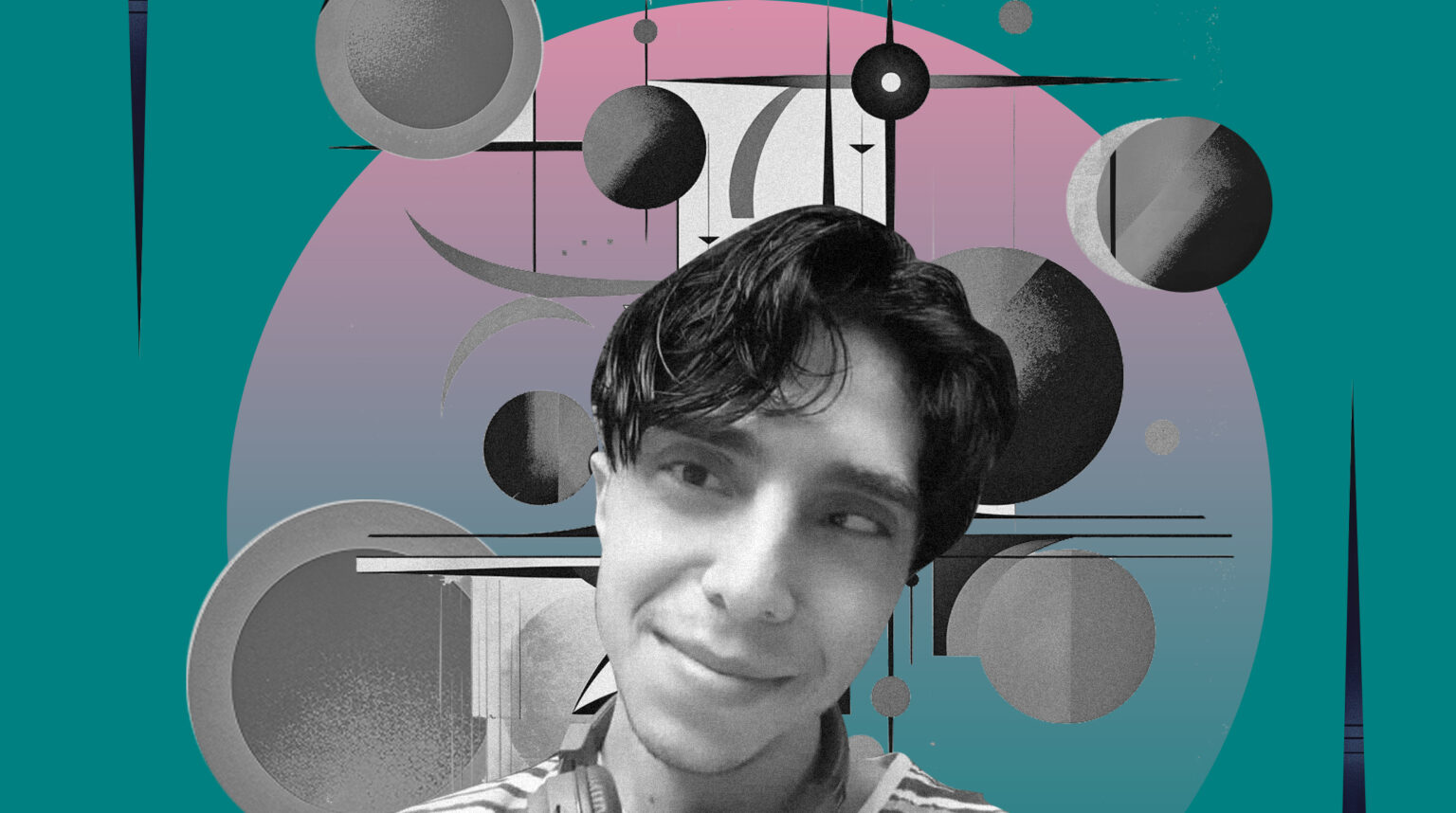Author of the blog: Liova Luzhanski
I am Liova Luzhanski,
Member of two minorities: disabled and queer community.
Both communities are united by: restriction of free movement.
Us, people with disabilities are at risk because the environment and buildings are only adapted here and there.
As queers, we are at risk when we come out/will come out to the rest of society with an image, an appearance that matches our inner perception of who we are on the inside.
A large part of society still thinks that we cannot create “healthy offspring”. They consider it impossible.
This is the second and a common discrimination.
Some parents of people with disabilities and queer people are categorically against partnerships and marriages of the same-sex partners, or people with disabilities.
In both cases, children are discriminated against and psychologically abused.
This is the third one.
The fourth is beauty standards.
If a person uses a wheelchair, it does not fit into the standards of beauty.
If you can notice my disability when I am visually impaired, this does not fit into the standards either.
If a guy has lipstick on, it doesn’t fit the standards.
If a girl’s hair is cut too short or shaved, that doesn’t fit the standards either.
Fifth: they address us with derogatory phrases/words.
“Disabled”, “Pedarast”, “Sick”.
Some people pity us and some are afraid of us.
Many people still think that disability and queerness are contagious.
I have heard and personally experienced many facts confirming this.
The sixth; Employment. It is quite difficult to find a company that is adapted to the needs of a disabled person: meaning that they have an adapted environment and equipment.
It is difficult to find a job where there is no homophobia, transphobia, etc. Where there is no bullying and discrimination on homophobic and/or transphobic grounds.
Disabled people are often victims of positive discrimination.
Both communities still need to raise the level of awareness towards each other.
Disability community towards queers and vice versa.
If we work together, support each other and fight for our rights, then we can do more.
By uniting, we will raise awareness towards each other, break stigmas and stereotypes. Therefore, we will be able to do the same in the large mass of society.
Of course, all of this gradually, little by little.
It is important for support to be seen in public and for a large part of the society to see the empathy of minorities, support for each other, which is also shown in practice.
Direct meetings and discussions on common problems are necessary.
However, as a member of both communities, I face doubly great obstacles in certain matters.
For a certain part of queers, the issue of employment is relatively less problematic.
For me, as a disabled and queer person displaced from my family, there is no program, project or law that would provide me with housing.
However, as for queers, there are temporary housing projects/temporary housing. This is insufficient, considering that I have no work experience — that is, in my case, employment becomes radically more difficult.
Active cooperation with each other will prevent the demonization of the LGBTQIA+ community.
Society will gradually see that we queers care about the problems of other minorities as well.
Our collaboration is needed for us to be even more visible than we are today.


